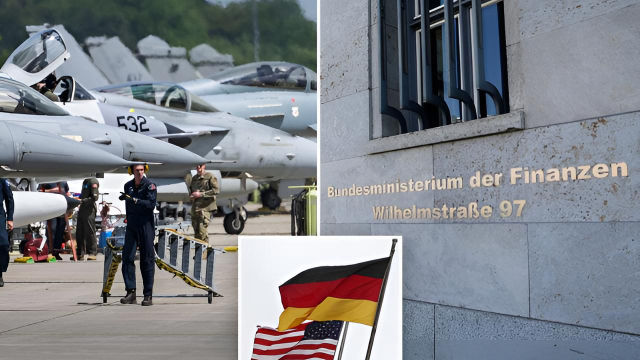Muslim population in Japan increases with Islamic demands
- WatchOut News

- Feb 19, 2018
- 3 min read
Updated: Jun 28, 2024
Islam is a minority religion in Japan. In the absence of official statistics on Muslims in Japan, demographic estimates range from between 70,000 to 120,000 Muslim residents with about 10 percent of that number being Japanese.
The majority of estimates of the Muslim population in Japan are around 100,000. According to some sources, there were 30,000 Muslims in Japan in 1982.
In the 14th century, Japan was contacted by Islam via merchants from Arab countries and China. Another contact was made in 1890 when the Ottoman Empire dispatched a naval vessel to Japan for the purpose of starting diplomatic relations between the two empires as well as introducing Muslims and the Japanese to each other.
In the late 1870s, a biography of the Prophet Muhammad was translated into Japanese. This helped Islam spread and reach the Japanese people.
Islam was thought to come to Japan in the early 1900s when Muslim Tatars were escaping Russian expansionism. Hundreds of Tatar Muslim refugees from Central Asia and Russia came to Japan during the wake of the October Revolution in the early 1900s. These Muslims were given asylum in Japan and settled in several main cities around Japan, forming small communities. Some Japanese converted to Islam through contact with these Muslims.
With the oil crisis years in the 1970s, the Japanese mass media had given space to the Muslim world in general, and the Arab world in particular, after realizing the importance of these countries for the Japanese economy.
In the 1960s hundreds of Pakistani and Bangladeshi Muslims migrated to work in Japan and became settled. The number of Muslims from Pakistan and Bangladesh increased in the late 1980s as visa waiver programs were introduced by the Japanese government.
There are some 60 Muslim communities alive in Japan, 40 of them non-Japanese.
he first mosque in Japan, the Kobe Mosque, was built in 1935 and the second mosque in the capital Tokyo were built by Tatar migrants escaping the Russian revolution, now the largest Muslim ethnic group in Japan.
In 1986, the Tokyo Mosque had to be demolished because of severe structural damage after an earthquake hit the country. Under the direction and support of the Turkish Diyanet İşleri Başkanlığı (Directorate of Religious Affairs) rebuilding begun in 1998 and the mosque opened for worship in 2000. The architect for the building was Muharrem Hilmi Senalp. The ornamentation was based on Ottoman religious architecture.
While the Turkish government spends billions of dollars to build mosques in foreign countries, Christians have to build their churches from donations.
Now, there are about 200 mosques and masjids across Japan. Many Muslim communities have plans to build mosques in the near future. There are only five Japanese imams who serve in mosques.
There is not a single Muslim elementary or junior high school in Japan. The Otsuka Mosque in Toshima ward plans to register itself as an educational corporation and establish an Islamic school.
The number of Muslim tourists to Japan has been increasing yearly. However, with the increasing number of Muslim visitors, tourist associations and businesses have ramped up efforts to improve the situation to better cater to Muslim tourists.
Halal or Muslim-friendly restaurants can be found at major airports and a few leading large hotels.
Non-Japanese restaurants offering Bangladeshi, Egyptian, Indian, Indonesian, Iranian, Malaysian, Moroccan, Pakistani and Turkish cuisine along with some vegetarian restaurants may also have halal food options.
Within this context, Malaysian Prime Minister Najib Razak gave a keynote speech at the round table meeting of the World Islamic Economic Forum Foundation (WIEF) and Alliance Forum Foundation (AFF) in Tokyo.
Razak has reached an agreement with Japanese Prime Minister Shinzo Abe to enhance cooperation in areas such as the halal food industry and Islamic finance.
Related articles:


.png)




Comments